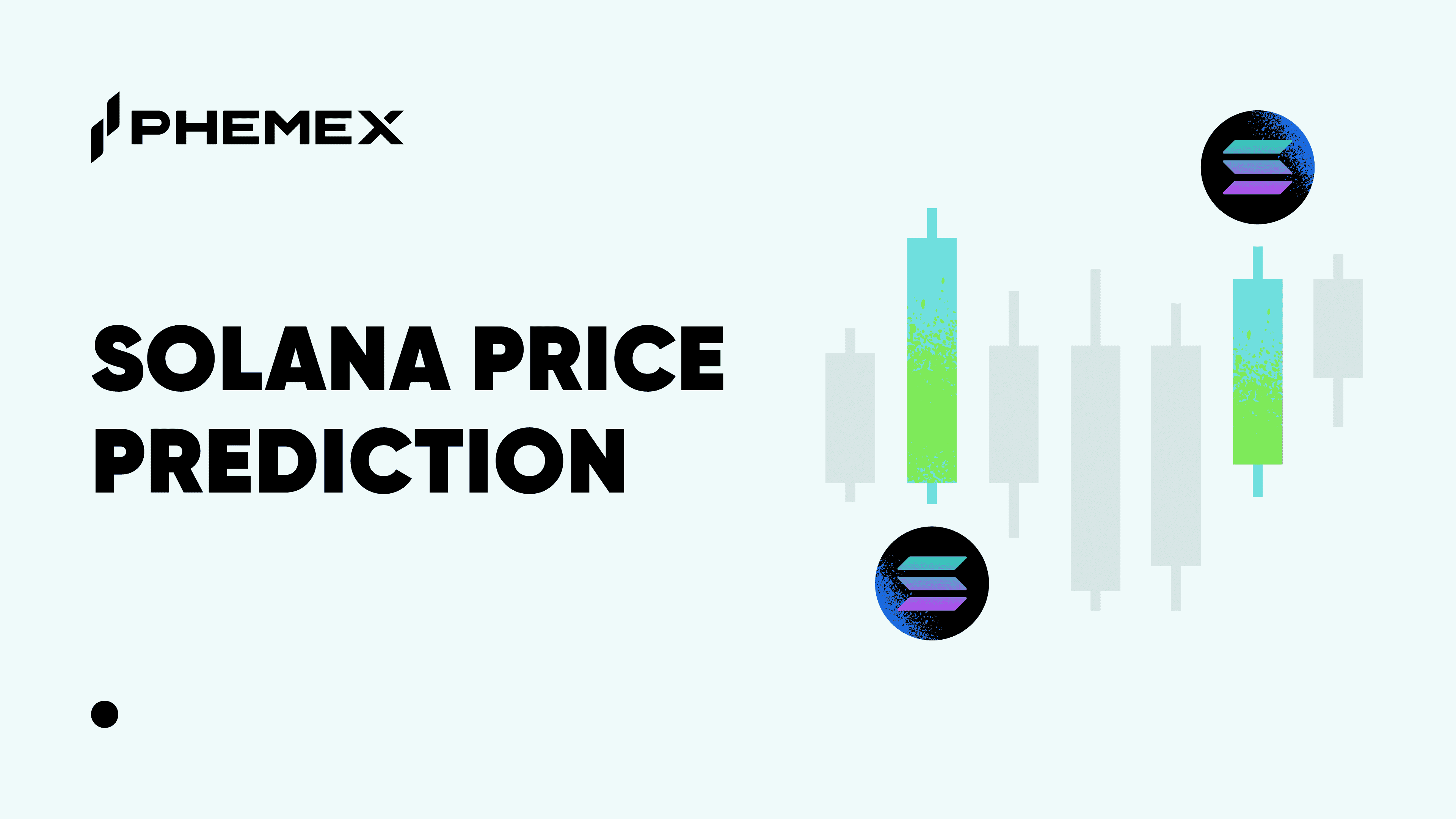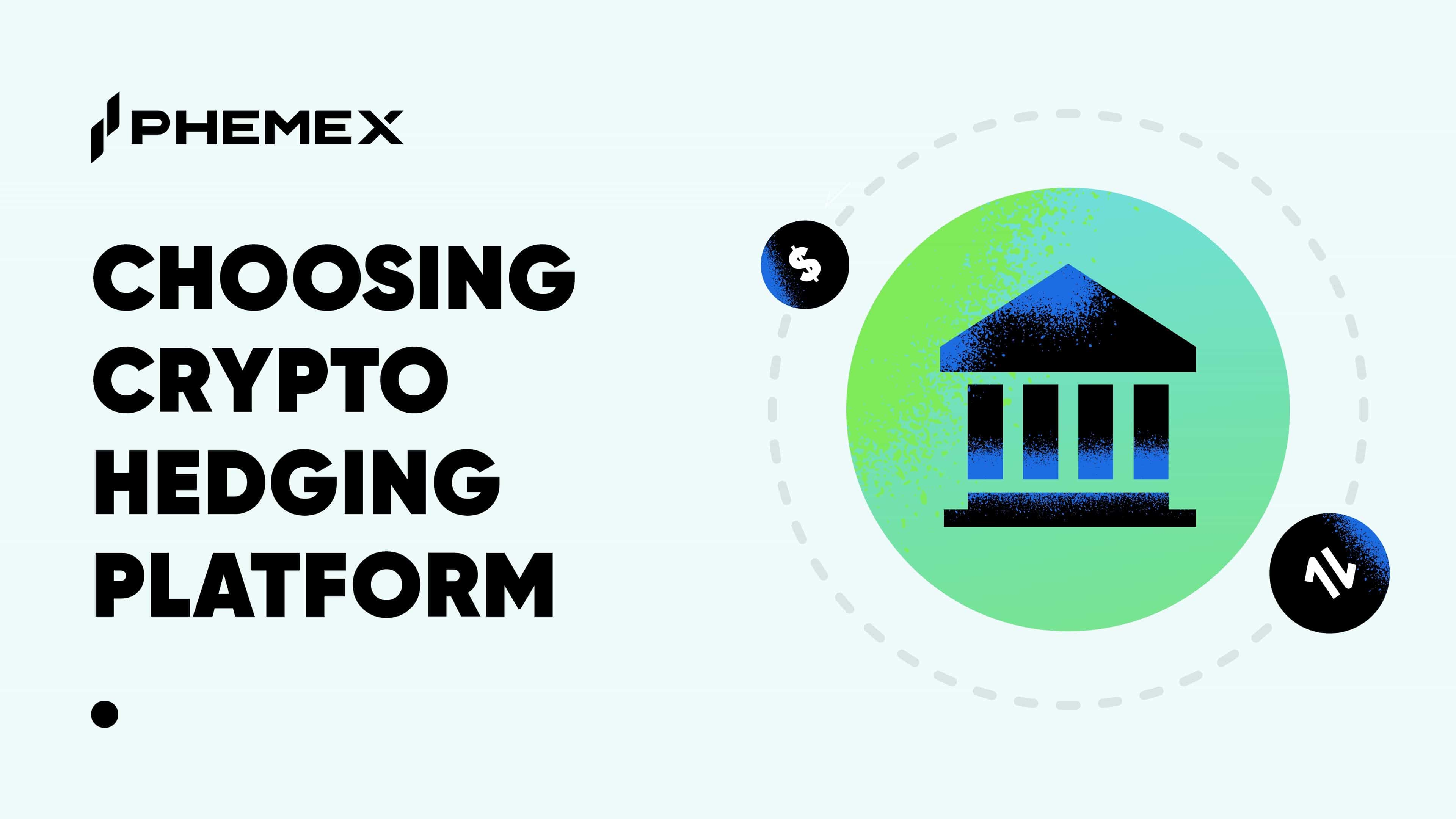Analyzing markets and predicting crypto values is complex and requires skill and knowledge. What knowledge is needed, however, depends on the type of analyst and what information they think is relevant. There are two primary schools of thought, and analysts from either side tend to reject the other’s findings. These two types of analysts are known as fundamental analysts and technical analysts. Arguably, however, both methods have value and which is used depends on what is being worked out.

What Is a Fundamental Analysis?
Fundamental analysis (FA) is based on the idea that many factors, both macroeconomic and microeconomic, impact the intrinsic value of an asset. To establish this value, it will consider three main parts: the fundamentals of a business, its industry, and the current economy. The idea is that by knowing everything about a business and its place in the economic world, an investor will have the best understanding of what an asset is worth.
An investment analyst who believes in the FA method will look at such things as:
- Management quality
- Long-term growth prospects
- Profitability ratios and profit margins
- Dividend payments
- Historical earnings

FA relies on data and records for its in-depth analysis of a company or asset. (Source: tickertape.tdameritrade.com)
How to do Fundamental Analysis?
There are two approaches to carrying out FA: top-down and bottom up.
- Top-down FA: Analysts using this approach will start with macroeconomic factors, including GDP levels, interest rates, and inflation. Using this information, they will attempt to identify which way the economy is going, and which sectors of the market are going to have the best prospects. In a recession for example, a company offering luxury goods is unlikely to be a great investment decision. Finally, they will narrow the search down to specific companies, decentralized finance (DeFi) platforms, or cryptos and fiat currencies to identify the best investment opportunities.
- Bottom-up FA: Analysts using this approach will start by looking at microeconomic factors — the business. Here, the first considerations will be company earnings and risk factors, moving on to analyzing the sector, and then the general economy. Analysts following this approach believe that just because a sector may not perform well, does not mean that individual companies will not. For example, in the automotive industry, rising oil prices and a movement toward greener transport may negatively impact the value of the industry. However, companies that develop hybrid cars or electric cars may see record sales.

What Is Technical Analysis?
Technical analysis (TA) differs from FA in that instead of trying to predict the intrinsic value of an asset, it tries to determine where the price of that asset is going in the near future. Technical analysts, or chartists, work with numbers and graphs, whereas a fundamental analyst will also consider outside factors and even emotional factors affecting the market. A technical analyst narrows down their analysis in the belief that the main factors affecting the market are supply and demand. To this end, instead of focusing on the general economy, or even the business itself, a technical analyst will look at the value only, analyzing past price movements and trying to find trading patterns to determine future price movement. The job of a technical analyst is not to predict the future of an asset’s value, but to identify which are currently the best investment opportunities, based on historic and current price movements.
An investment analyst who believes in the TA method will look at such things as:
- Price charts and graphs
- Trading patterns
- Trends

TA relies on price charts and graphs to make predictions. (Source: abhijipaul.com)
How to do Technical Analysis?
A technical analyst will use the volume and price data of an asset to establish its value. To gather a full picture, they will use two types of indicators: leading and lagging.
- Leading indicators: Leading indicators are used to predict the future value of an asset. Various indicators fall within the bracket of “leading indicators,” including:
- Relative strength indicators: These show whether an asset is being overbought or oversold and are thus a good way to predict whether the value of an asset will increase or decrease. A good way to check this is through the relative strength index (RSI) of an asset.
- Momentum indicators: These show the rate of value change, i.e., how quickly an asset’s value is changing in either direction. To check this, an analyst will look at the RSI and moving average convergence divergence (MACD) of an asset.
- Lagging indicators: Lagging indicators are used to warn investors and analysts that a particular pattern is going to occur next; it is the indicator that comes before the pattern. Lagging indicators tell investors that they should prepare to buy or sell, depending on the upcoming pattern. Various indicators fall within the bracket of “lagging indicators,” including:
- Trend indicators: As the name suggests, these indicators are used to analyze trends found in the historical price of an asset. Analysts will consult moving averages and the on-balance volume (OBV) of an asset for this.
- Mean reversion indicators: An asset’s value will ultimately reverse its direction after some time. For example, as Bitcoin (BTC) has now been rising for some time, its value will inevitably take a downward turn at some point. Mean reversion indicators are the indicators an analyst will look for to locate when that reverse direction will take place. The Bollinger imbalance oscillator is often consulted for help with this.
An additional indicator used by technical analysts, which falls under both lagging and leading indicators, is the volume indicator.
- Volume indicator: This indicator shows who is in control of the market by adding the volume of buyers against sellers. The OBV and Klinger oscillators are good tools to use to calculate the volume indicator.

The differences between FA and TA. (Source: thereviewstories.com)
Fundamental Analysis vs. Technical Analysis
There are many arguments between the followers of both these methods, with one group usually throwing the other’s argument out the window. However, the reality is that both have their positives, and both have their negatives.
Benefits and Downsides of Fundamental Analysis
Fundamental analysis is a great way to determine the long-term value of a company. By going through so much data, a fundamental analyst will be able to have a very good overall picture of a company or an asset’s real value. However, it is a very time-consuming process that is not very efficient at predicting what the value will do in the short-term. Additionally, from a cryptocurrency perspective, it can be flawed. When researching companies and analyzing their profits and losses, an analyst can easily find the data, as it is readily available and logged in taxes, etc. However, cryptocurrencies are decentralized digital assets, and despite blockchains being transparent and open ledgers, tracking all the necessary data for an FA would be very difficult.
Benefits and Downsides of Technical Analysis
Technical analysis is a great way to predict what will happen to the value of an asset in the short-term. It is also particularly helpful to investors as it uses both leading and lagging indicators, meaning that not only does it give a good idea of what is coming next, but it also indicates when it is going to happen. Additionally, as it uses graphs, charts, and numbers, and does not need to consider any emotional factors, a lot of the work needed for a TA can be automated, thereby freeing up time. However, a TA primarily considers trends and patterns, so when these break out, they are rendered useless, and an investor will be none the wiser as to where the asset’s value is going.
Additionally, carrying out a TA requires multiple tools, or indicators, and using just one of these would render the whole process pointless. A negative of this is that with different technical analysts studying many different graphs and charts, for many different time periods (meaning that they can be extremely different to each other), it is extremely difficult for them to reach the same conclusion. This makes TA quite ambiguous, with analysts often reaching completely different conclusions on what an asset will do — something known as “analysis paralysis.”
How do Fundamental and Technical Analyses work in Crypto?
The cryptocurrency market is different than the stock market in that it is purely digital and decentralized. This makes it difficult to access the data required for fundamental analysis for example, since this would mean chasing all over the blockchain to find the right information; something that would be very time-consuming and probably quite fruitless.
Using Fundamental Analysis in Crypto
However, this does not mean that it is not worth considering FA for crypto. FA is a very helpful tool for indicating where the value of a crypto may go in the long-term. Although an analyst may not be able to access as much data as they could for company stocks, they can still look at the asset’s market cap, its price history, total value locked (TVL), and other value indicators. Additionally, they can look at the industry that a specific crypto is in — Art for NFT-based platforms, such as ECOMI for example, or the music industry for Audius. The wider economy can also be considered, including interest rates, as these may indicate that savers are looking elsewhere, such as the savings protocol Anchor, to earn higher interest rates on their savings.
Using Technical Analysis in Crypto
TA for its part is a great way to see what is going to happen in the short-term. It has plenty of tools at its disposal – most of which work well with crypto – to make good evaluations on what an asset’s value is going to do next. Differently to FA, the data needed for TA is readily available in the crypto sector, with price charts and historical data easily accessible on sites such as coinmarketcap.com and coingecko.com. It is easy for a technical analyst to find the necessary data, graphs, and charts, all focusing on the timeframe best suited to them, on these real-time websites. Using these they can identify patterns, such as candlestick and ABCD patterns, to tell an investor where the value of a crypto is going next.

FA and TA both bring their own benefit to the table. Using them together can therefore be an asset. (Source: kotaksecurities.com)
Conclusion
Despite ongoing feuds between these two types of analysts, within both the crypto and stock trading worlds, using both technical and fundamental analyses together can have its benefits. However, the main factor to consider is that though trading analysts give investors a better chance of making a profit, nothing in trading is definite. Thus, alongside learning which analyzing style suits your needs, you should also prepare for what to do in case it all goes the wrong way.
Read More
- Crypto Fundamental Analysis: A Beginner’s Guide
- How to Read Crypto Charts: Learn Trading Chart Patterns
- How To Do Crypto Research: The Best Ways to Get Started
- How To Trade Crypto With Multiple Time Frame Analysis
- What Is Trend Trading: Following the Market When It Pays
- Crypto Trading vs. Investing: Key Differences Explained
- What Is Quantitative Trading: A Beginner Guide
- Algorithmic trading and AI trading in Crypto: Are they profitable?











